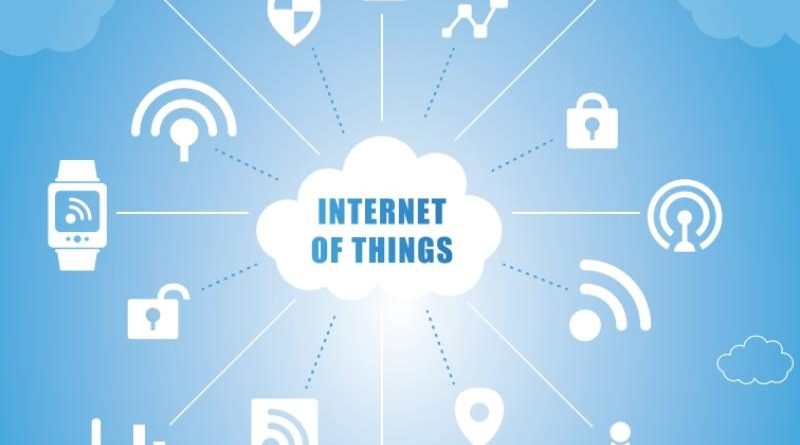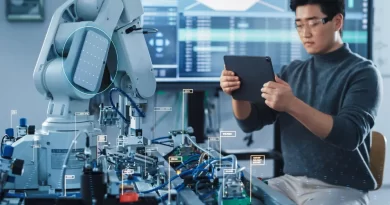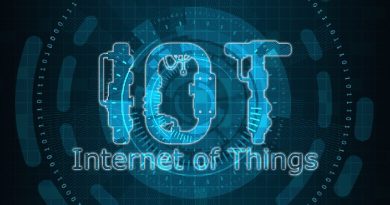Future of IoT Offers Mixed Bag of Opportunity, Shortages
When dealing with a volatile market, IoT technology vendors, systems integrators, and customers will need to be adaptable. IoT is no longer considered an emerging technology, despite the fact that it has been around for more than a decade.
IoT is no longer considered an emerging technology, despite the fact that it has been around for more than a decade.
However, technology is constantly evolving. Adjacent, arguably more emerging technologies have an impact on the future of IoT. 5G and the nascent metaverse are two prominent examples. As IoT converges with other streams of innovation, it will expand into new use cases, applications, and adoption scenarios.
Long-term trends are indeed encouraging. However, the technology’s near-term prospects are hampered by electronic component shortages, which dampen growth projections. When dealing with a volatile market, IoT technology vendors, systems integrators, and customers will need to be adaptable.
Here are four IoT trends to keep an eye on:
IoT Collides With the Metaverse
IoT has the potential to play a critical role in the metaverse, connecting the physical and virtual worlds. Digital twins, or virtual representations of physical devices, rely on IoT data and could be especially useful. The metaverse is likely to be populated by a variety of IoT-driven digital twins.
Accenture’s group chief executive for technology and CTO, Paul Daugherty, identified IoT, as well as developments such as synthetic data and quantum computing, as technologies that will influence the metaverse – and reshape the business. “The real world is becoming programmable,” Daugherty said at Accenture’s annual Technology Vision conference. “This is about the Internet of Things. This is a discussion of operational technology. This article is about digital twins.”
According to Daugherty, IoT and other technologies are evolving into Web 3.0 in the larger picture. He claimed that the original World Wide Web was an internet of data and search. In the year 2000, the web evolved into social networks and the internet of people. He noted that the following shift — mobile internet and Web 2.0 — included 3G, 4G, and IoT.
Now, the industry is transitioning to Web 3.0 and two fundamental capabilities: the internet of place and the internet of ownership, according to Daugherty. The former provides interoperable online venues for shared, collaborative experiences, while the latter creates secure digital identities using blockchain and distributed ledgers, he added. IoT is poised to be a key component in this ongoing development.
Rapid Expansion of Cellular IoT
Cellular IoT technology, which uses mobile networks to connect devices, will experience rapid growth in the coming years. According to Juniper Research, the global market will nearly double in four years, growing from $31 billion in 2022 to $61 billion in 2026. According to Juniper Research, the key technologies driving this growth are cellular low-power wide-area (LPWA) offerings and 5G.
During the forecast period, the LPWA category, which includes narrowband IoT and LTE for Machines, will grow the fastest. According to the market researcher, the low cost of connectivity and hardware will drive the technology’s adoption for remote monitoring in industries such as agriculture, smart cities, and manufacturing. When it comes to growth, 5G lags behind LPWA, but its time will come. “5G is still not as cost-effective as technologies like 4G, so 5G will be adopted on a case-by-case basis,” said Sam Barker, Juniper Research’s head of analytics and forecasting.
“We expect the value of 5G to rise as the number of IoT connections grows, as will adoption. Growth will occur next year [2023]. However, we anticipate that this rate of growth will accelerate in the coming years.”
Chip Scarcity is Complicating IoT
Despite the expanding metaverse and cellular IoT applications, the technology’s prospects aren’t entirely rosy. According to Forrester Research, the ongoing chip shortage will slow IoT market growth by 10% to 15% in 2022. While high-end Intel and Nvidia chip sets are still available, those that power IoT devices are not always available. The scarcity of supply has an impact on IoT-enabled connected devices ranging from appliances to industrial products.
According to Glenn O’Donnell, vice president, and research director at Forrester, IoT-based smart devices frequently use lower-end chipset configurations, such as 4-bit or 8-bit microcontrollers, which are less expensive and have lower processing demands. “Demand for these lower-end chip sets to power IoT-enabled smart devices will continue to outstrip supply until 2022,” O’Donnell predicted.
IoT growth headwinds, such as chip shortages, are expected to persist into 2024 and possibly beyond, according to market research firm IoT Analytics. Nonetheless, the company expects the global enterprise IoT market to grow at a compound annual growth rate of 22% through 2027. According to IoT Analytics, the market will be worth $525 billion that year.
Infrastructure Will Be Targeted By An IoT Botnet
Given the large attack surface provided by myriad connected sensors and devices, security has long been a concern with IoT. More dangers are on the way. According to Forrester, an IoT botnet will successfully take down some critical communications infrastructure through a DDoS attack in 2022. According to Forrester, the attack will exceed 30 million requests per second, cutting off availability and causing economic harm.
“Even if we exclude the cyber components of the current Russia-Ukraine conflict – where DDoS is undoubtedly at work – the likelihood of an IoT botnet affecting the private sector elsewhere in the world remains very high,” said Merritt Maxim, vice president, and research director at Forrester.




